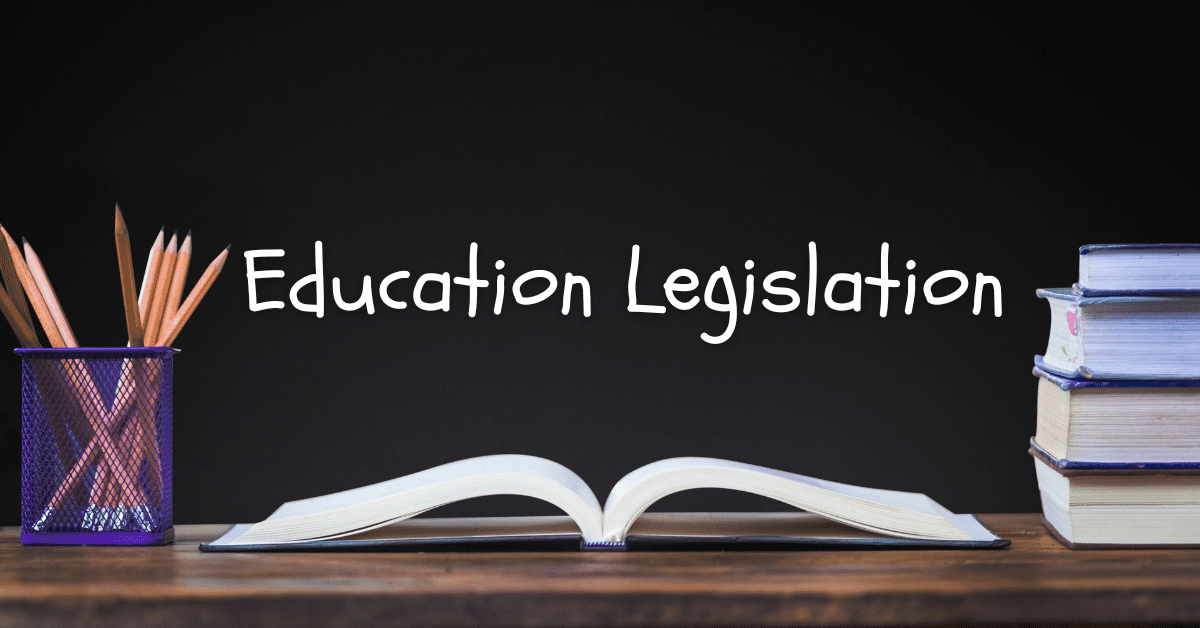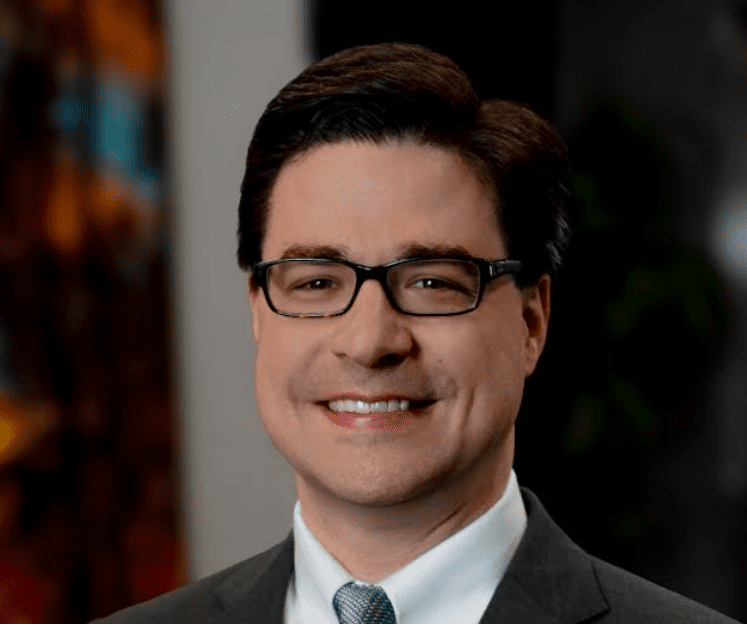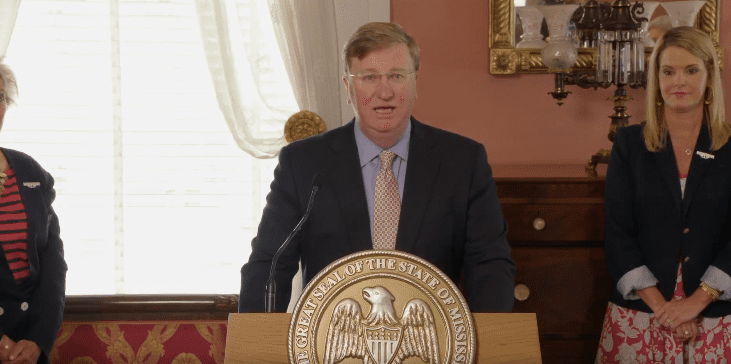
Trey Dellinger
Columnist Trey Dellinger says the state has viable tools at its disposal to ensure that costs do not stand in the way of empowering families to choose the education setting that works best for them.
There are more than subtle rumblings that the Legislature may consider expanding school choice options in Mississippi this year. In the wake of COVID shutdowns and increasing discord over a social justice agenda that many parents consider radical, a school choice revolution of sorts has been occurring across the country.
But as Mississippi contemplates whether to follow the likes of Ron DeSantis in Florida or Sarah Huckabee Sanders in Arkansas – both signed into law broad Education Scholarship Accounts — some policymakers have expressed concern that similar programs would cost between 350 to 400 million dollars to implement here.
Leaders are right to factor in the fiscal impact of any policy, but the cost estimates being bandied about are likely off. A robust ESA could actually save the state money depending on its design, but even the most expansive option is unlikely to carry a price tag near the feared sums.
To explain, let us first take a step back and examine how students are currently funded. Our state provides funds to public schools primarily through the Mississippi Adequate Education Program (“MAEP”). State MAEP provides per student funding to schools based on the average number of students who attend.
An Education Scholarship Account (“ESA”) takes the amount the state is already spending on a student and allows that money to follow the child. Dollars in an ESA can be spent on private school tuition, homeschooling, tutors and approved educational resources. Typical proposals assume the state will spend the same amount for an ESA that is spent on average to educate a public-school student under MAEP. That figure works out to around $5,500 per year per student, according to a detailed study recently published by education policy group, EdChoice.
The organization considered four scenarios for a Mississippi ESA.
The most expensive proposal would be one in which students currently enrolled in public schools and private schools are both eligible for ESAs and funded at 100 percent of state per pupil spending. For the student currently enrolled in public school, the state would spend the same amount on the ESA as it currently spends for the student to attend public school. So that part would be a wash for the state. As for the school district, it would no longer provide services for the student, so its costs would also drop. The school district would also continue to take in the same local property taxes.
The additional cost of this proposal comes from students who are currently enrolled in private school at the expense of their families or private scholarship. How much that would increase state spending is largely a function of the number of private and home school students and the percentage who apply for ESAs.
According to data from the Mississippi Department of Education, Mississippi had 21,943 home school students in the 2022-2023 school year. Data from the National Center for Education Statistics shows Mississippi had 49,290 private school students as of Fall 2021. Adding the two yields a total of 71,233 Mississippi private and home school students who could begin using ESAs to pay for their education. But how many will actually use them?
Many parents who send their kids to private schools or home schools will not apply for an ESA. Many don’t want to get entangled with government regulations. Some won’t know about or won’t understand ESAs.
The recent EdChoice study examined data from New Hampshire, which made ESAs available to students from households at or below 300% of the federal poverty level. New Hampshire recorded the total number of private and home school students and the number who actually chose ESAs. EdChoice estimated that only about 21% of eligible private and home school students applied for and received ESAs.
If Mississippi enrolls private and home school students in ESAs at the same rate as New Hampshire, only about 15,000 non-public school students would apply for and receive them in the first year. At $5,500 per student that would cost the state about $82.5 million per year more than the state is currently spending. That’s not peanuts, but far short of $350 million.
What’s more, Mississippi could prevent any potential cost overruns through the design of the program.
ESAs could be limited to only public school students, which, as previously explained, would not cost the state any additional funds (beyond minimal administrative costs). If ESAs were limited to public school students and set at 90% of public school per-student funding, the state would save money, EdChoice found. That makes sense, because instead of paying 100 cents on the dollar for the student to attend their current public school, the state would only pay 90 cents for the student to attend the public school of their choice.
Alternatively, ESA eligibility for current private or home school students could be limited to low-income families, which would substantially reduce the number eligible. Census figures show that about 19% of Mississippi families are below the poverty level. If only 19% of the 71,233 non-public school students were eligible, and only 21% applied (as in New Hampshire), the cost to the state would only be about $15 million.
The state could cap the total number or dollar amount of ESAs that would be awarded and could issue them via a lottery or on a first-come-first-serve basis.
In short, the state has viable tools at its disposal to ensure that costs do not stand in the way of empowering families to choose the education setting that works best for them.







